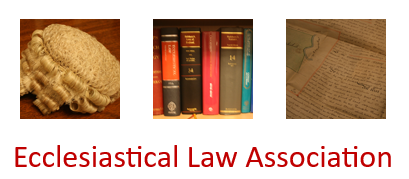There was an application for a faculty in respect of various items of reordering. In 2015, the parish had obtained an archdeacon's licence for temporary reordering, to allow the pews to be moved, to facilitate changes to the heating. The pews were removed and replaced with chairs from another church. The chairs had dark green frames and green upholstery on the seats, and on both sides of the seat backs, and had continued to remain in place. In 2016 a faculty had been granted for new heating, subject to a condition that proposals for any further reordering be put forward. Following the licence, the parish obtained the archdeacon's permission under List B in respect of items of floor boarding and carpeting. Nothing was done within the time limit of the archdeacon's licence or in accordance with the condition in the 2016 faculty until 2019. Notwithstanding the delay and the changes that had been made, and his concern that he could not regard the removal of the pews as a 'minor' matter which could be the subject of a licence, the Chancellor granted a faculty. He determined that the chairs were acceptable and could remain. He also found the carpet acceptable.

